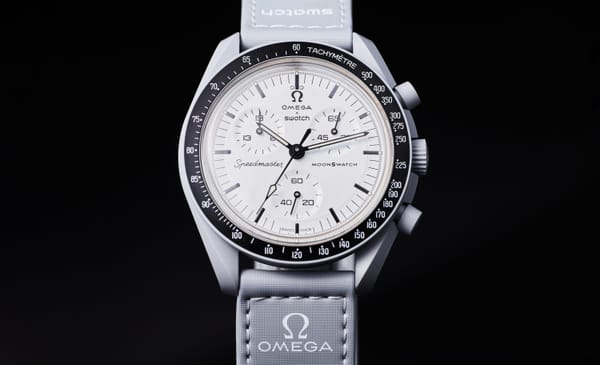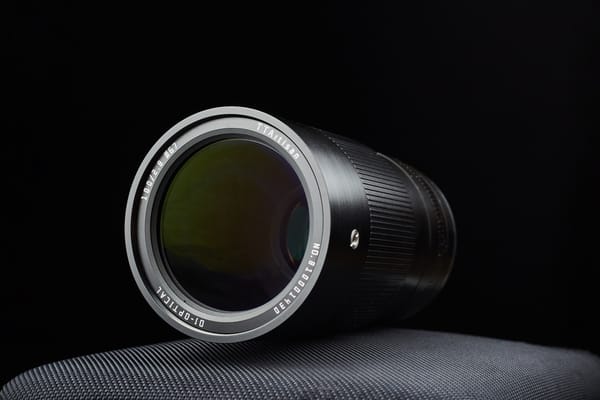A Review Of The Apple iPhone 16e Camera For Photographers
While Samsung and Google Pixel are aggressively incorporating AI in their phones to perfect or even provide an enhanced alternate reality of an image, Apple has chosen to go in the opposite direction which I find admirable.
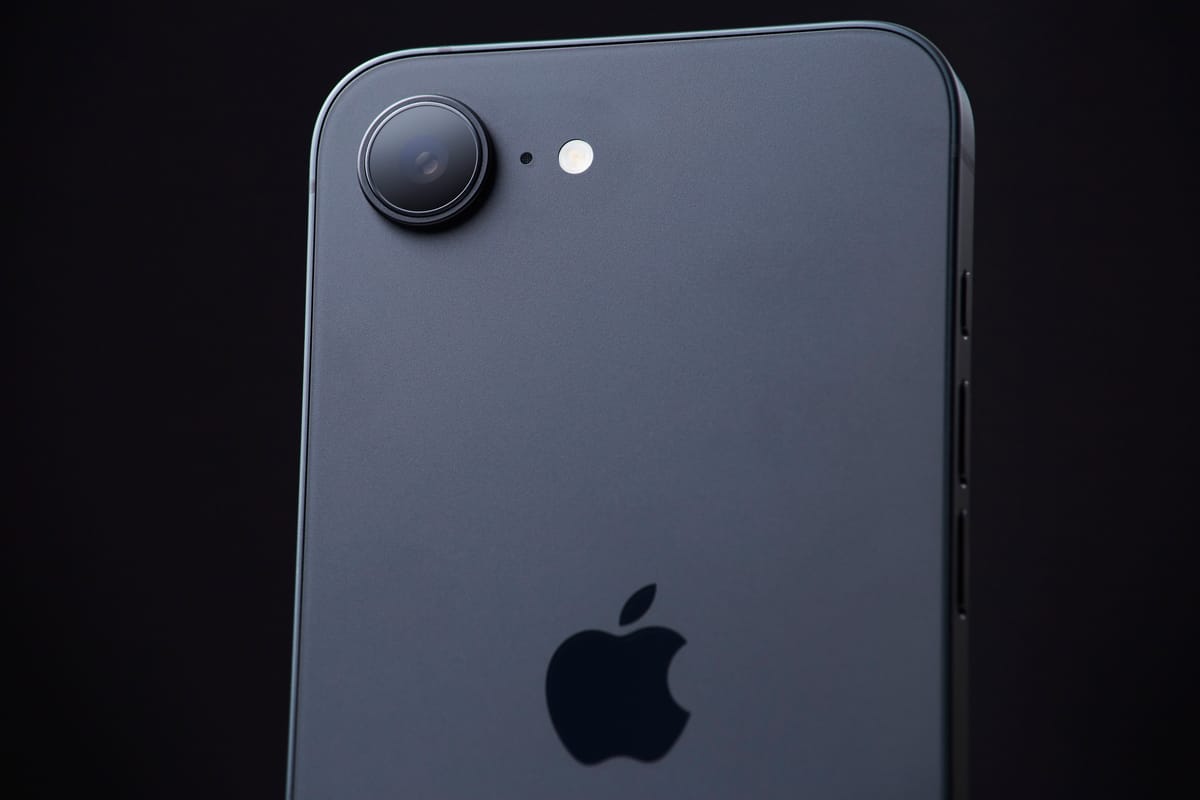
Decaf Journal is reader-supported. When you buy links through our site, we may earn an affiliate commission.
Let’s get one thing out of the way: I’m not obsessed with tech, and the idea of upgrading to the latest and greatest phone every year holds almost no appeal for me at all. Perhaps I'm in the minority, but my reasoning is something along the lines of "if it ain’t broke don’t fix it" but with a little bit of curiosity sprinkled in for good measure.
My now ancient Samsung Galaxy S9 is a perfect case in point. It's proven to be a reliable workhorse with seemingly no end of life in sight, with the only issue slowly creeping up over the years being lacklustre battery life. The only area it has ever truly let me down is the built-in camera which always left me wanting more from the images it produced, especially when viewed up close.
While what excites one person to the next in terms of technological advancements can differ widely, in this day and age it's safe to say that we universally care about having access to the best quality image that will fit into our pocket. I'm certainly not the exception here, and after seeing what the current lineup of iPhones are capable of I finally decided to give in with the release of the Apple iPhone 16e. But as a photographer did I make the right choice?
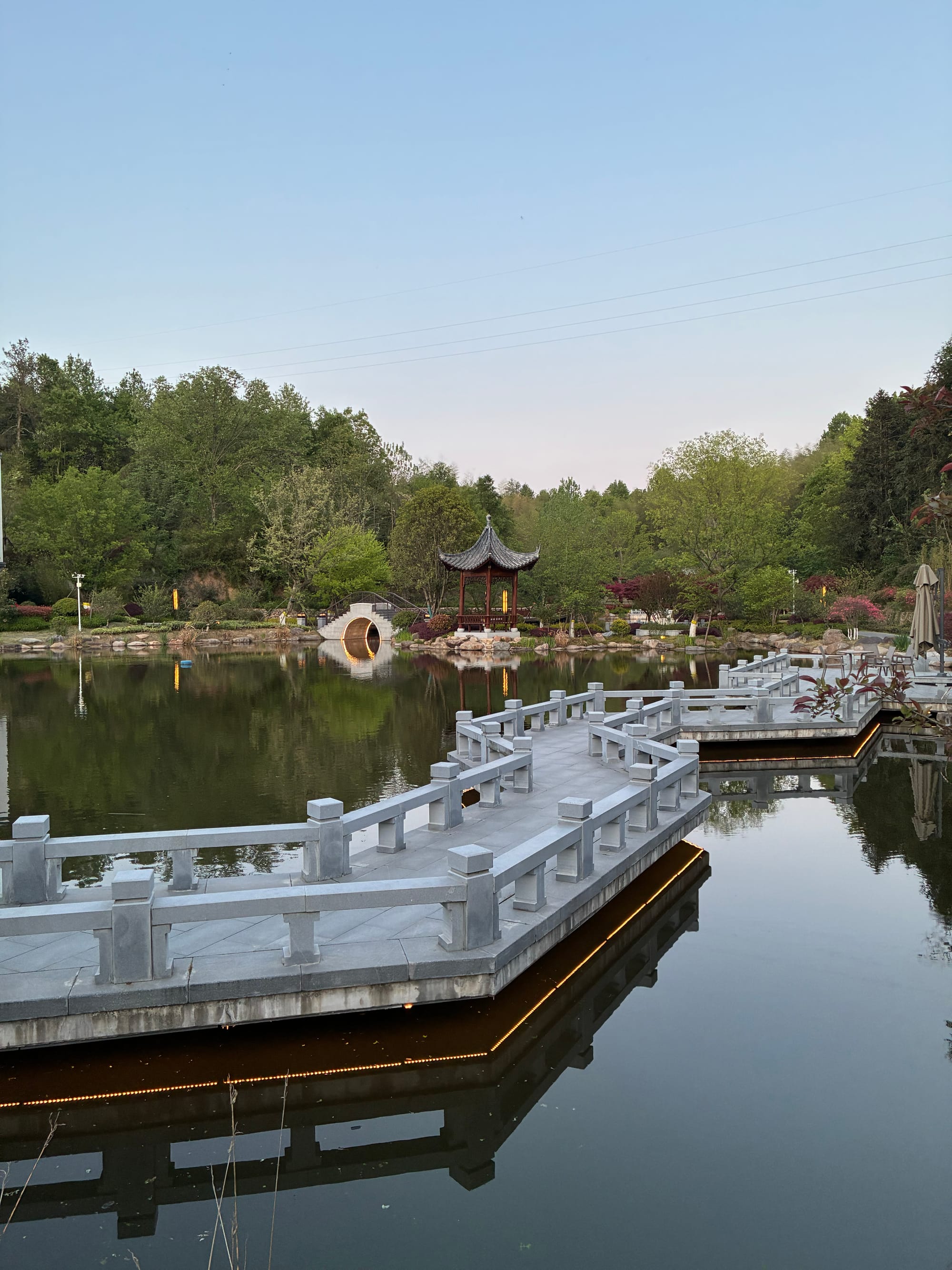
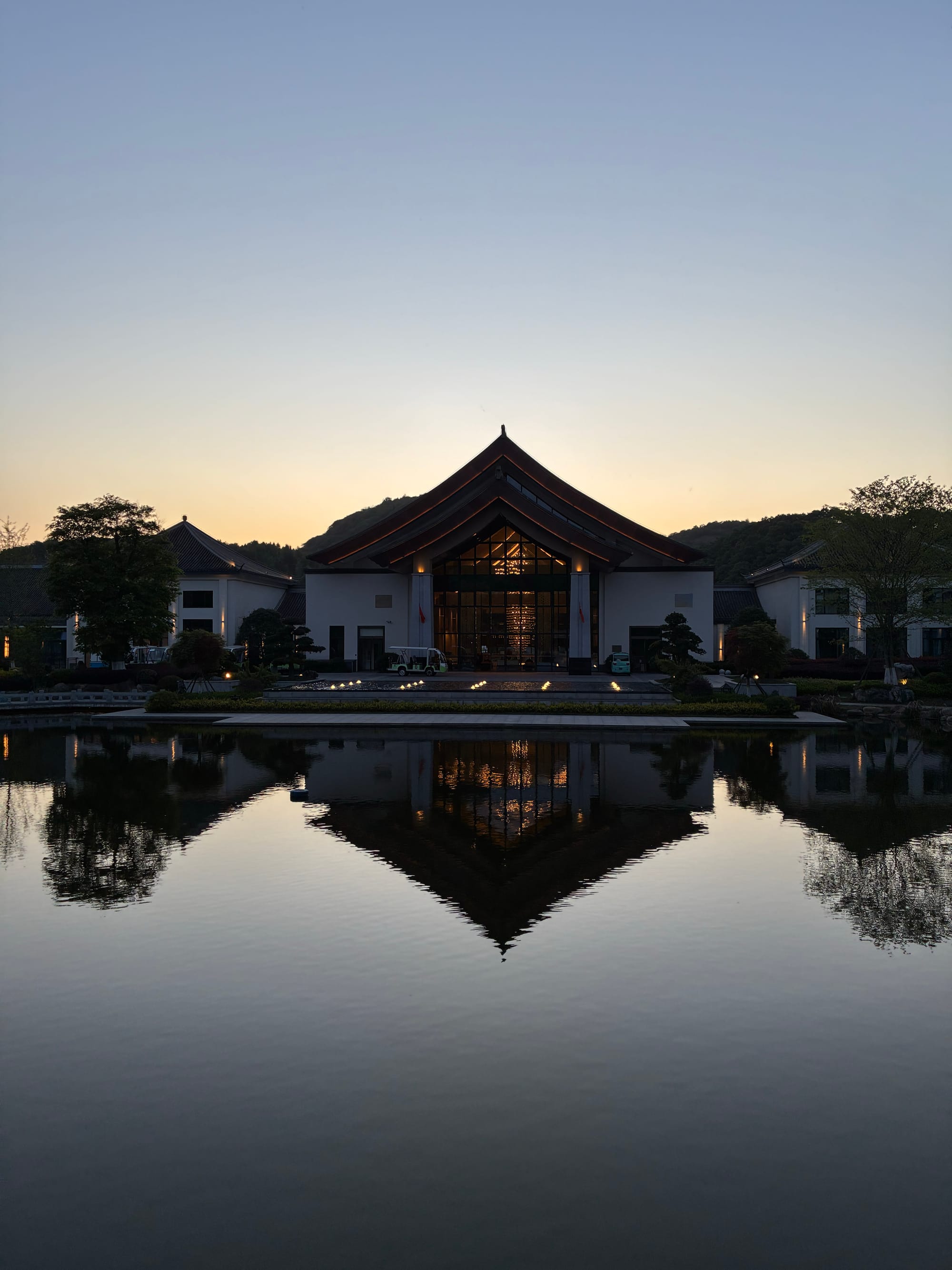
© Nicklaus Walter

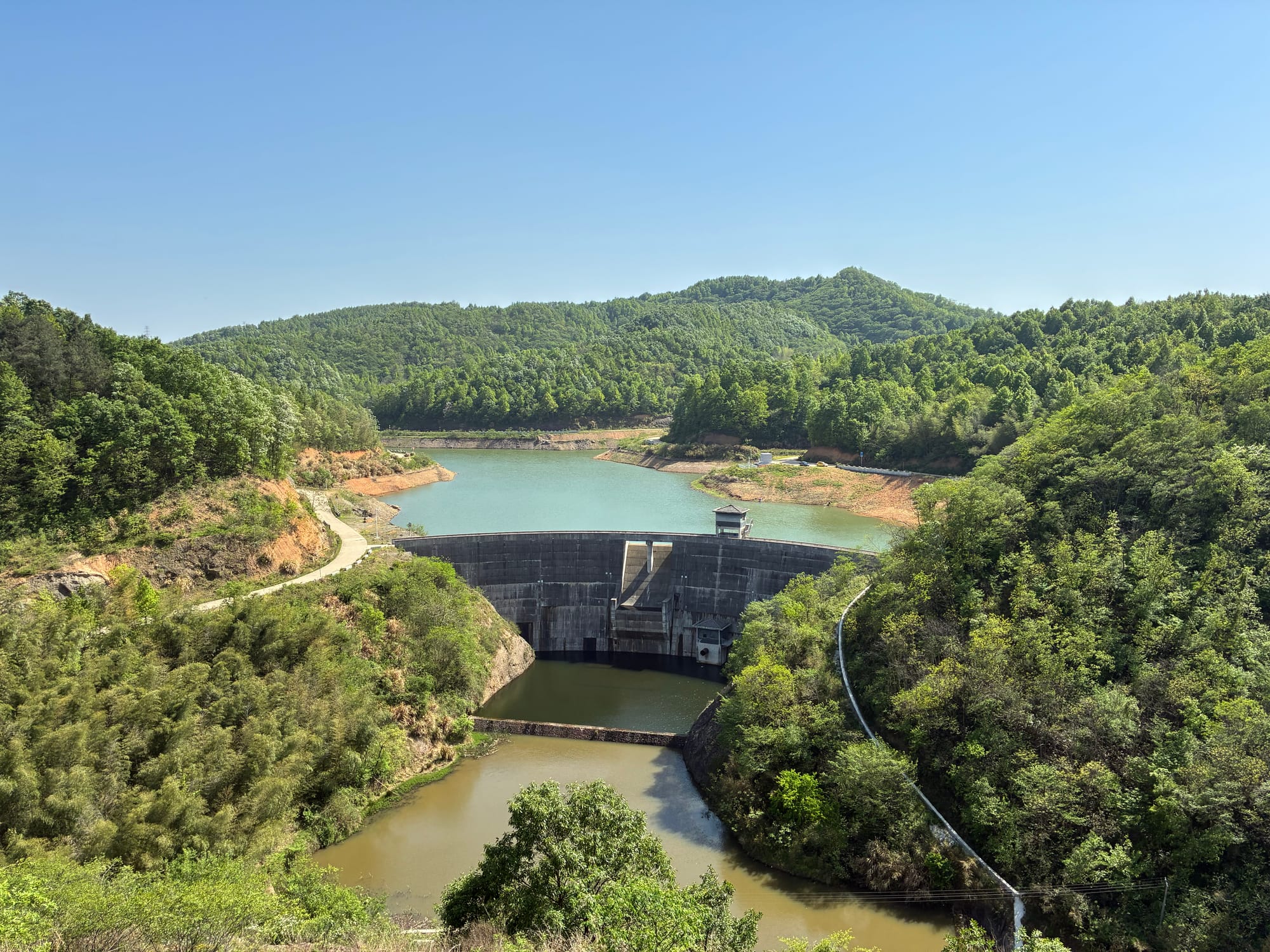
Physical Design
With its unobtrusive single rear facing camera, the Apple iPhone 16e is the epitome of sleek minimalist design, and will surely be appreciated by those who value devices that offer a sense of simplicity to their lives. The phone's size and dimensions are nearly identical to the iPhone 16 Pro, with the 16e being 3 grams lighter. And that's a great thing, because Apple has arrived at what I believe to be the perfect size and weight for a smartphone. It's an attractive form factor that feels substantial enough in the hand but never a burden.
The 6.1 inch Super Retina XDR display is nothing short of lovely to behold, and is protected by Apple's exclusive Ceramic Shield which they claim is tougher than any other smartphone glass. So far this seems to be true, as I've yet to see any scratches or micro damage show up on the screen during my first couple months of daily use. The aluminum body sports an impressive IP68 durability rating, meaning that it can withstand dust, splashes, and water exposure with a maximum depth of 6 meters for up to 30 minutes.
Since late 2023, Apple has incorporated USB-C charging into the entire iPhone lineup and is a big quality of life improvement now that we no longer need to deal with the hassle of proprietary cables. Speaking of charging, you may have read about the internet's collective outrage at the lack of MagSafe on the iPhone 16e, but I've found an easy fix in the exceptional Spigen Rugged Armor MagFit phone case which features MagSafe connectivity. I've been very impressed with not only the protection that it offers but also the ease of installation, as it's been a big upgrade from the Otterbox Commuter series that I always found clunky to install and remove.
Without question, the standout physical feature on the Apple iPhone 16e is the action button on the left side of the device which can be mapped to provide instant access to the camera mode without unlocking the phone. Perhaps more importantly however, is the fact that the action button can also trigger the shutter (and is perfectly positioned to do so) to make the phone both feel and behave more like a real camera. I've always loathed the deeply unsatisfying act of having to press the screen on smartphones to take a picture, so this is a substantial usability enhancement.

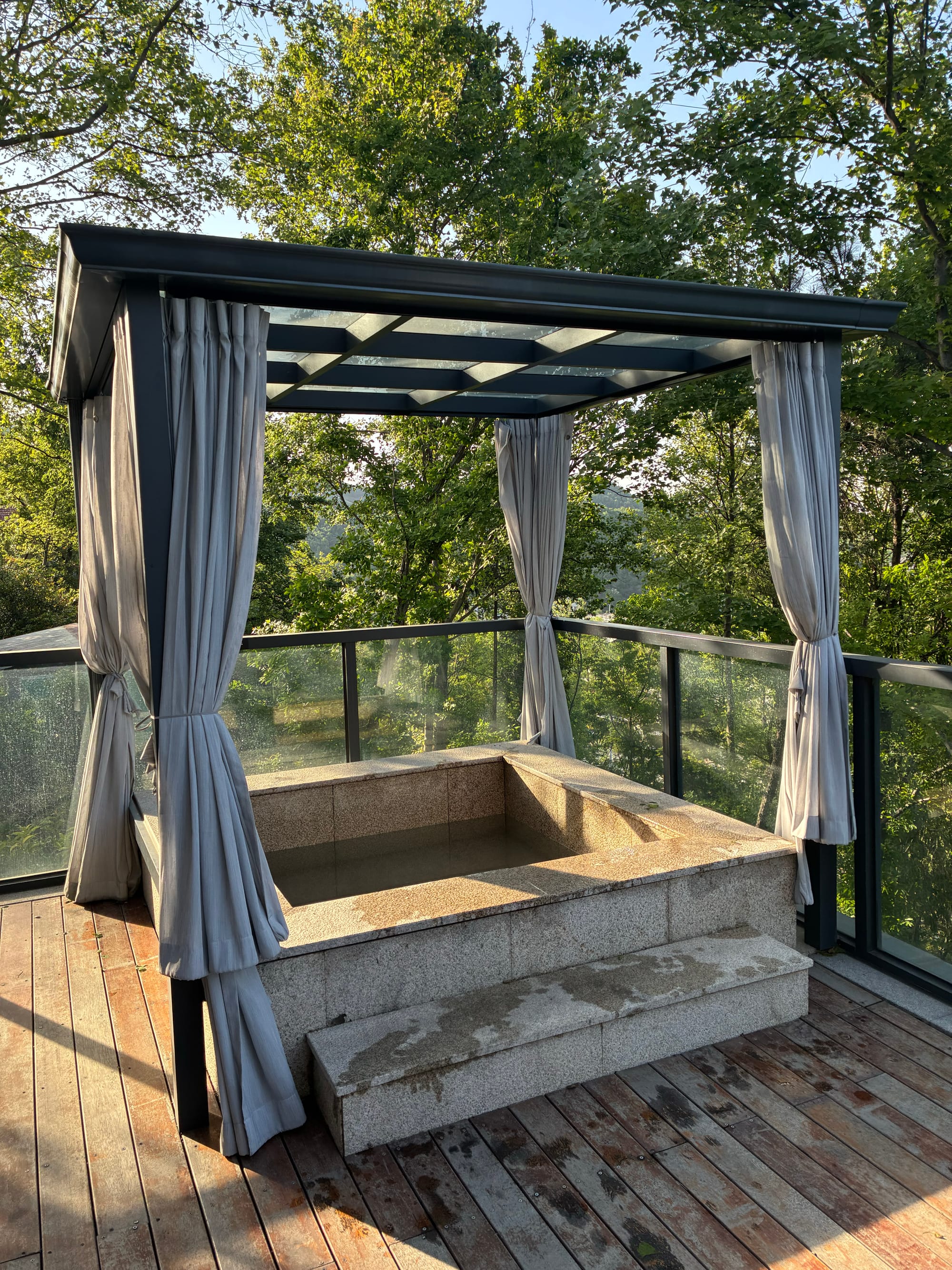
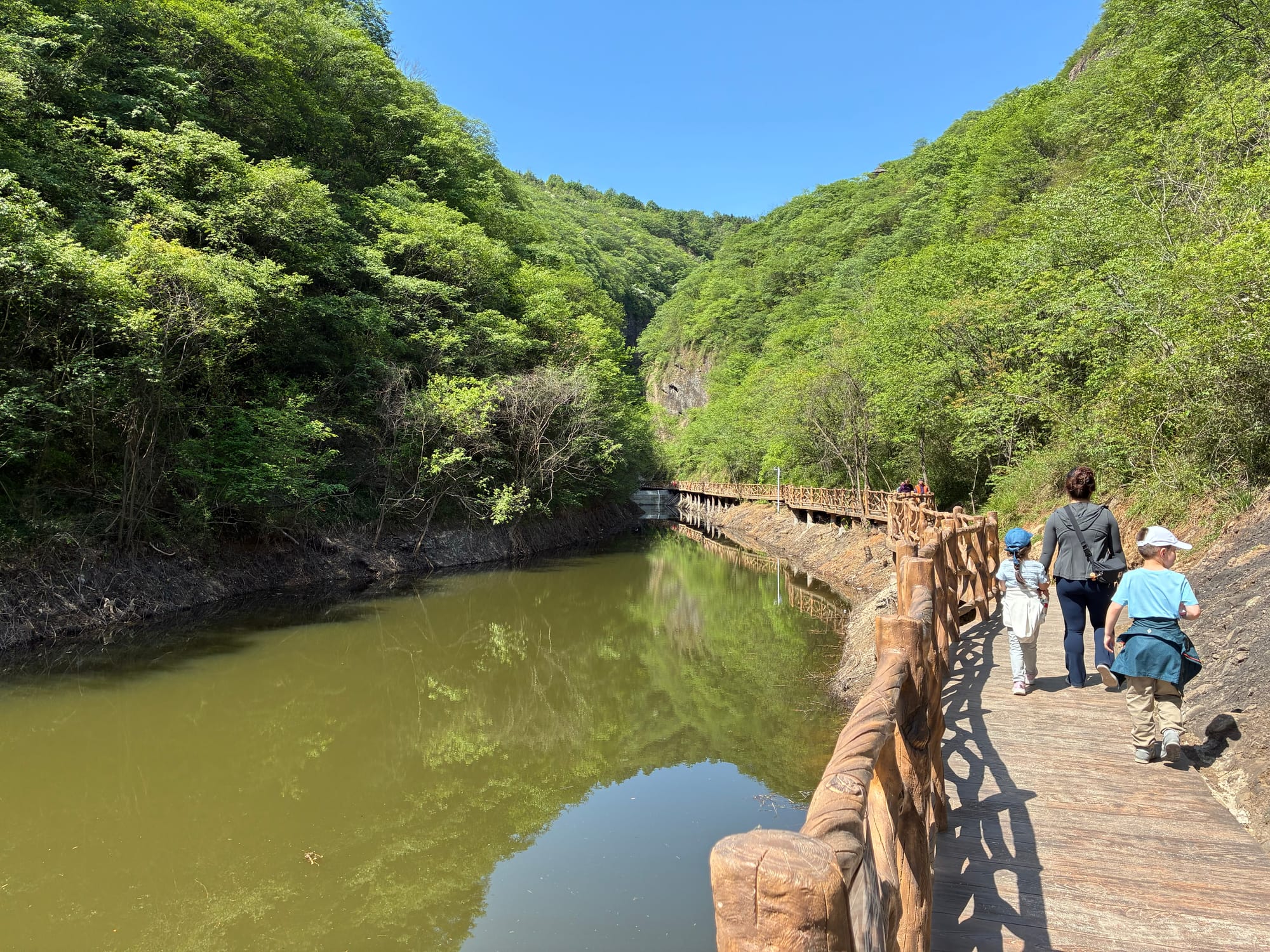
User Experience
I'll come right out and say that the Apple iPhone 16e has the most intuitive user experience I've ever encountered in a handheld device. The native camera app has a clutter free interface that allows you to easily change settings such as aspect ratio, exposure, live photo, flash, night mode, timer, and various filters without overwhelming the senses.
The photo taking process is equally brilliant as well. Simply tap on the screen to simultaneously select a focus point and where the camera will meter for the exposure. With the focus point still selected, you can swipe on the screen up or down to change the exposure compensation. This is a clever feature that works particularly well in practice, allowing you to dial in a specific exposure while focusing on capturing moments instead of fumbling through menus. The metering on this camera is truly excellent.
Another important feature is the camera's optical image stabilization which compensates for any movement during an exposure to prevent camera shake. It performs so well that after hundreds of frames I've yet to take a shaky image. The best kind of technology is one that works so discreetly in the background that you don't even notice it, and that applies here.
Apple's Face ID technology which is used to securely unlock the phone works so seamlessly and without friction that at first I thought that my device was unlocked all the time. In fact, I only realized it was working when I asked my wife to try and it immediately prompted her for the passcode.
Additionally, the battery life on the Apple iPhone 16e is insanely good compared to previous generations. I often find myself charging the phone simply out of habit even when it isn't needed. And while I haven't specifically stress tested the battery duration, I do use the phone constantly and I never seem to get close to running out of power at the end of the day.
As always, Apple rewards you for playing in its ecosystem and while the AirDrop wireless file transfer feature isn't new, it's still nothing short of revolutionary. I've found using AirDrop to transfer my image files directly to my Apple computer to be astonishingly convenient and the process is extremely fast. It can't be overstated just how well implemented it is, and if you use a Mac then this technology alone might be worth switching from an Android phone.
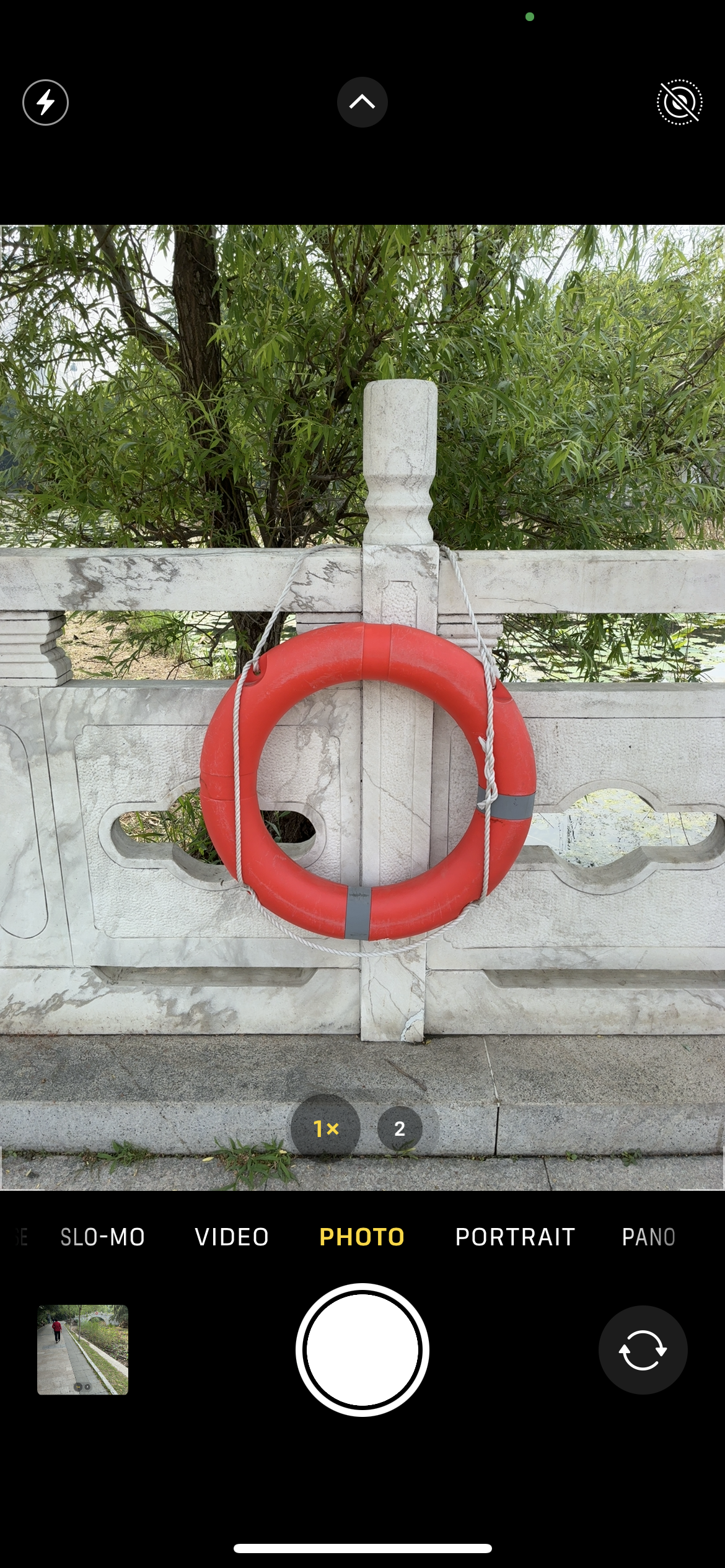
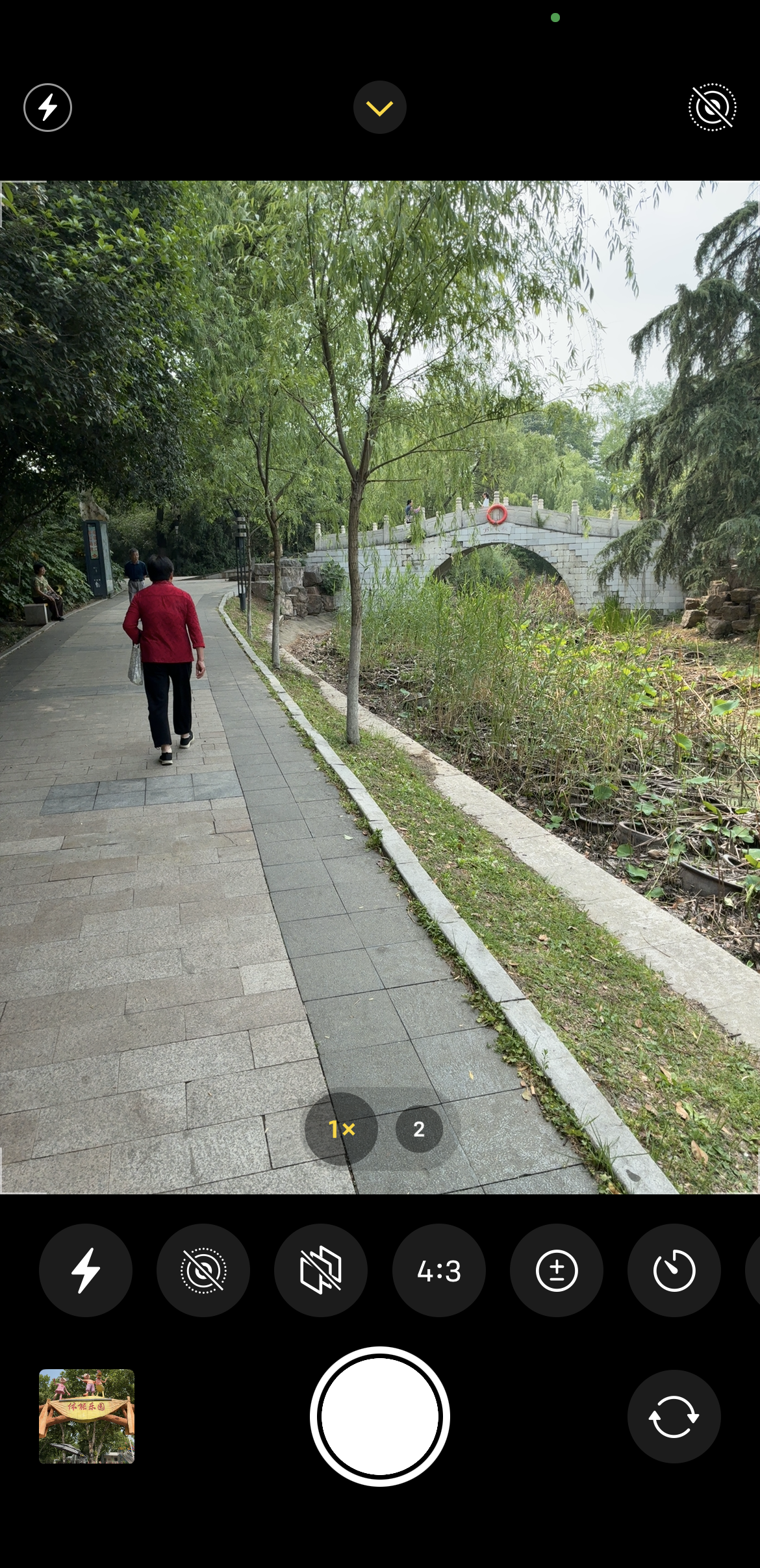
© Nicklaus Walter | The user interface in the native camera app is uncluttered and intuitive.
Image Quality
The Apple iPhone 16e lacks the multi-camera array of the iPhone 16 Pro, and instead has a single 48 megapixel rear facing camera equipped with an optical image stabilized 26mm equivalent ƒ/1.6 lens. Given that there isn't an additional physical telephoto lens, Apple has opted instead for a 10x digital zoom which crops into the image in order to achieve a longer focal length. This method is serviceable and image quality doesn't appear to suffer too much, but it does lose some points for me personally as I still vastly prefer the real telephoto lens on the iPhone 16 Pro.
While Samsung and Google Pixel are aggressively incorporating AI in their phones to perfect or even provide an enhanced alternate reality of an image, Apple has chosen to go in the opposite direction which I find admirable. Apple’s VP of camera software engineering Jon McCormack recently explained to The Verge their philosophy:
Here’s our view of what a photograph is. The way we like to think of it is that it’s a personal celebration of something that really, actually happened.
That's not to say that the iPhone 16e doesn't have any tricks up its sleeve though. I decided to test the camera without any additional apps to see what the standard image output is like, and it's abundantly clear that Apple is using computational photography in the form of blending multiple exposures in order to increase the small sensor's dynamic range. It's largely successful too, as it's been rare for me to find blown highlights or crushed shadows anywhere in my images.
The camera's exposure latitude is indeed very impressive, but in very high contrast situations the processing does appear to be a bit heavy handed and looking less natural than images created by a full frame DSLR or mirrorless camera. The standard color output is certainly pleasant as well, however it can be overly saturated at times. As a result, the overall look from the files has an unmistakable "iPhone camera look" to it that may be a turn off for photographers looking for a more organic aesthetic.
When viewing my images at 100% pixel level in Photoshop, I was pleased to see how well the images hold up under close inspection, as the files are remarkably clean and are a massive improvement over previous generation iPhones. Images can still occasionally suffer a bit from over-sharpening, but this doesn't seem to occur under good lighting conditions. Even photos taken in low light don't appear overly noisy. It's fair to say that the Apple iPhone 16e gives dedicated compact point and shoot cameras a run for their money with very usable files that are suitable for printing.

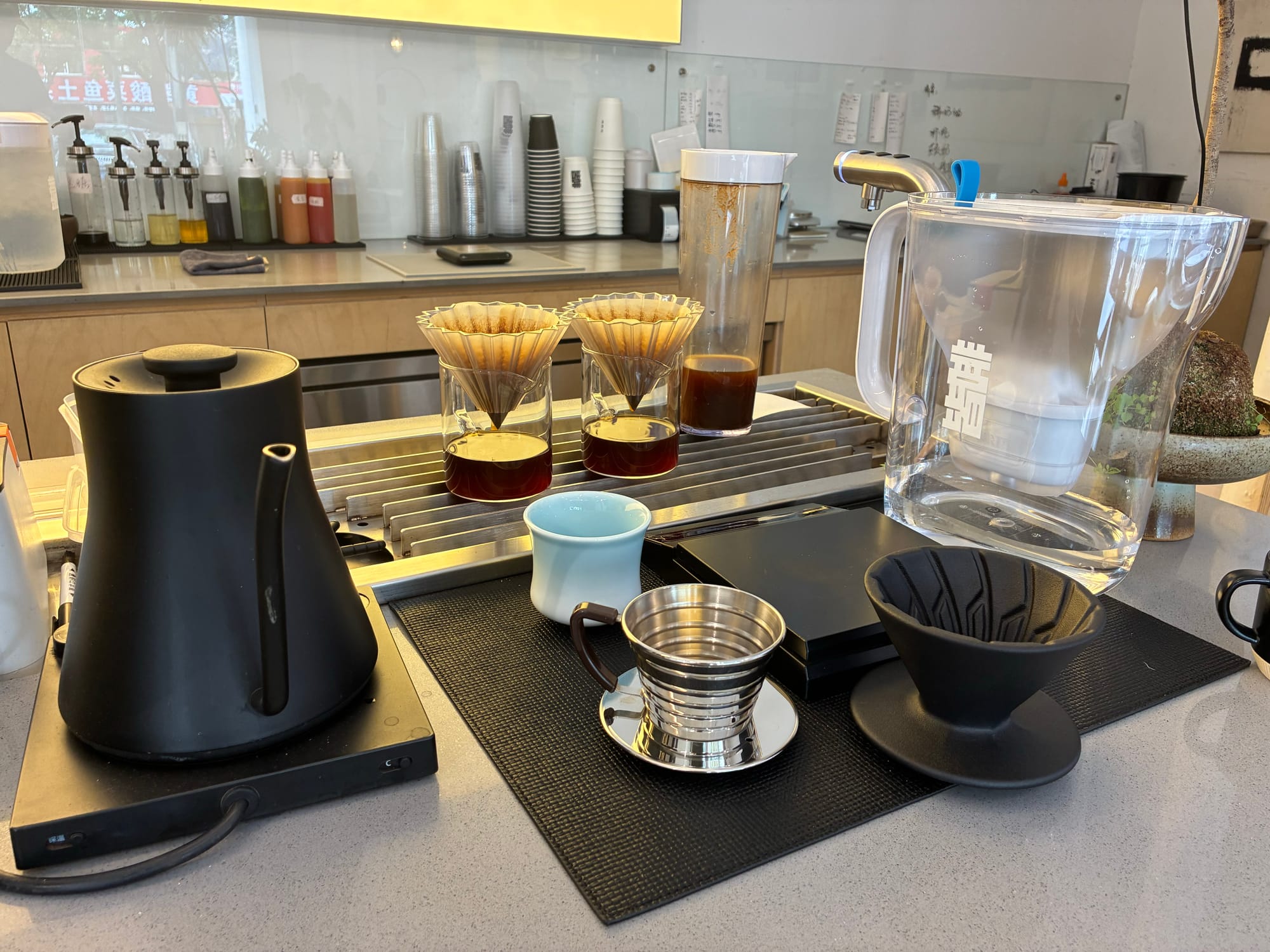
Portrait Mode
I distinctly remember back in 2016 when Apple introduced the faux shallow depth of field Portrait Mode into the iPhone lineup, all of the excitement and hype around it, as well as the subsequent letdown of the reality in what it could actually deliver. I was curious to see just how far Portrait Mode has come since that time, and while improved, it still remains somewhat of a gimmick.
That's not to say that the bokeh at f1.4 looks bad, because sometimes it's nearly convincing. The issue however, is that the subject always looks artificially cut out from the background. I found that hair often still isn't selected properly, and if your subject raises a hand or holds something then the effect is completely ruined. I also found if the person you're photographing moves, that the motion causes weird artifacts on their face and body. Sadly Portrait Mode just doesn't looks natural overall.
On the bright side, you can actually disable portrait mode and / or change the f-stop on an image after it's been taken which is a useful touch.
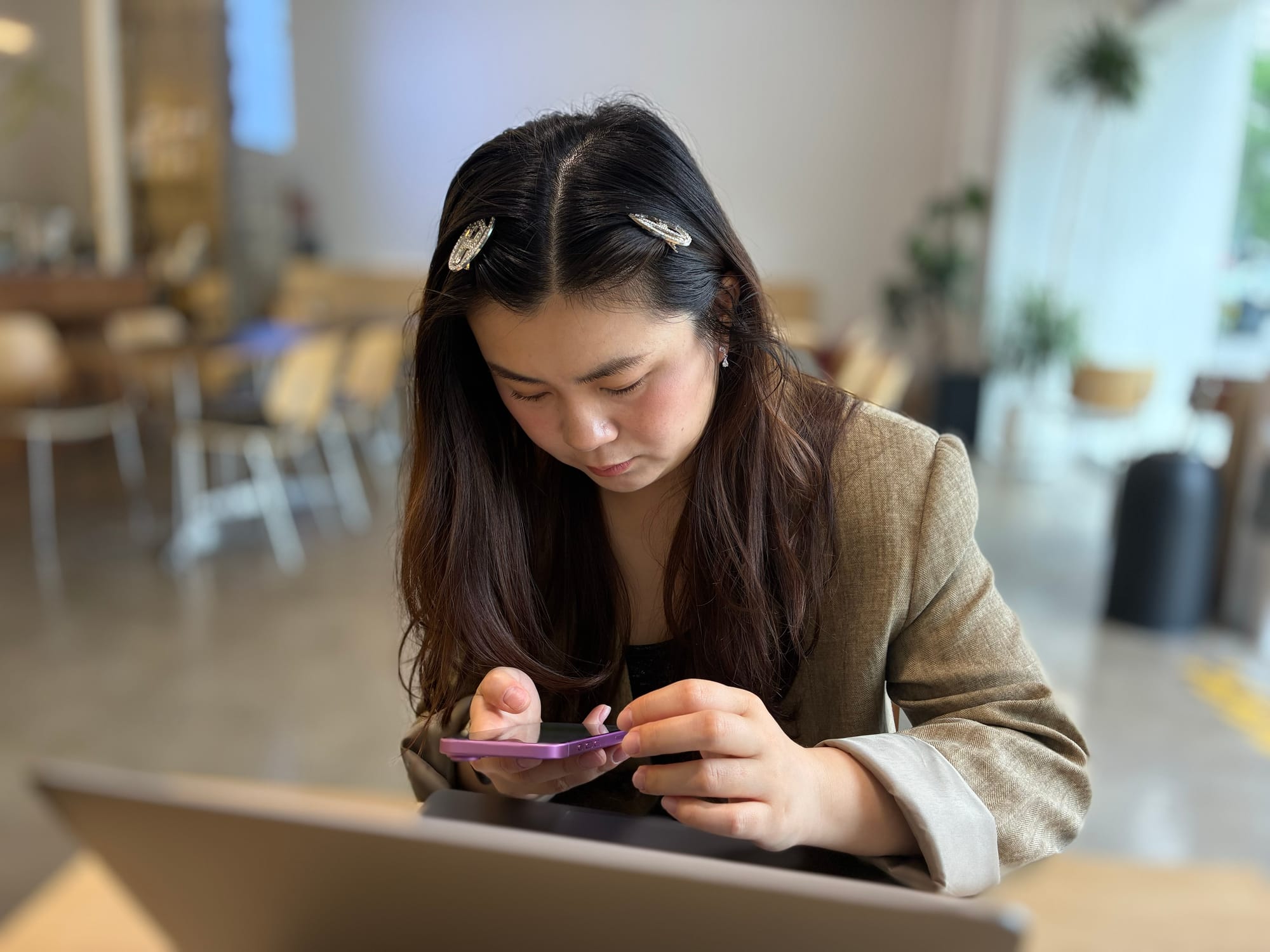
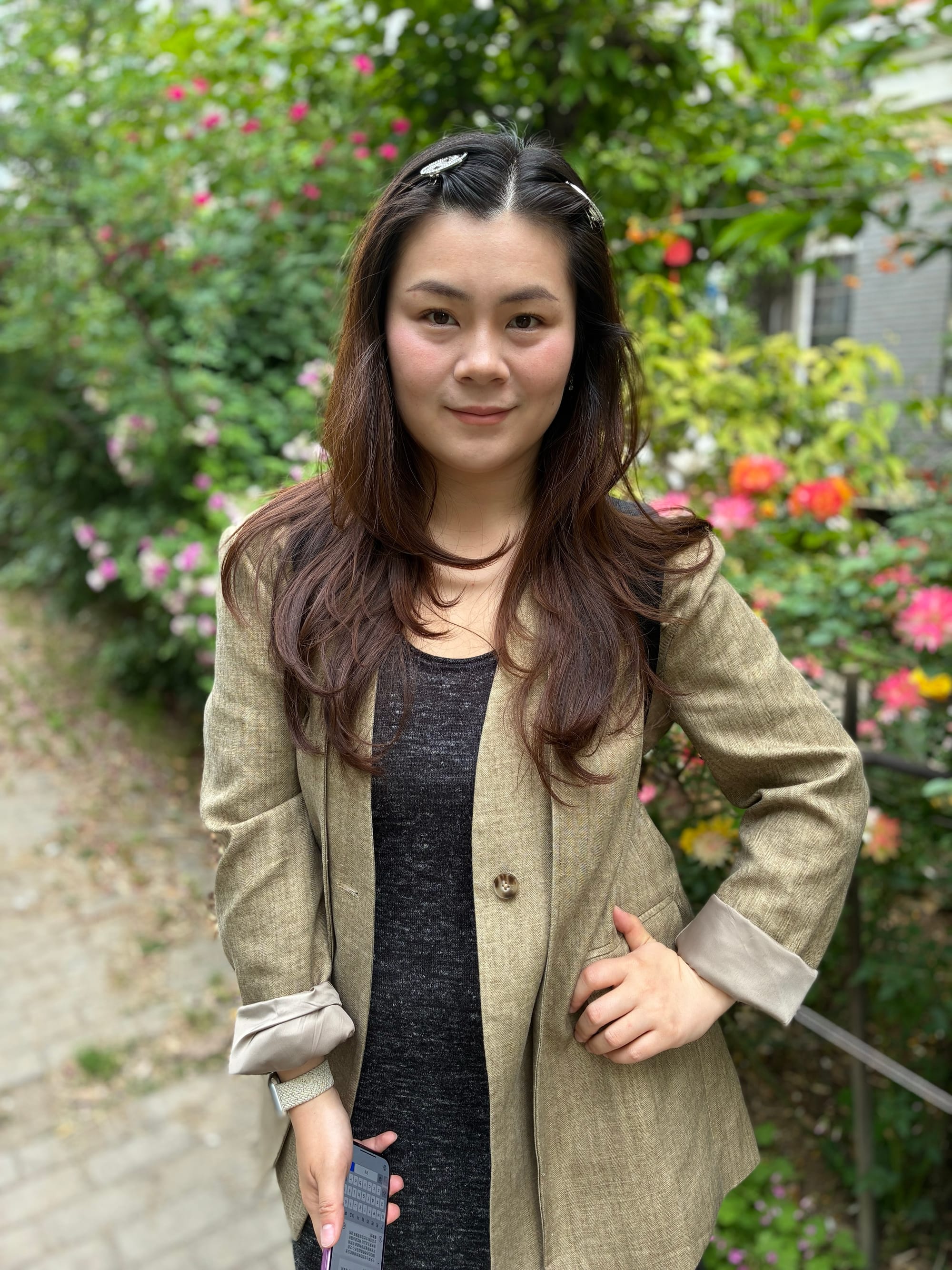
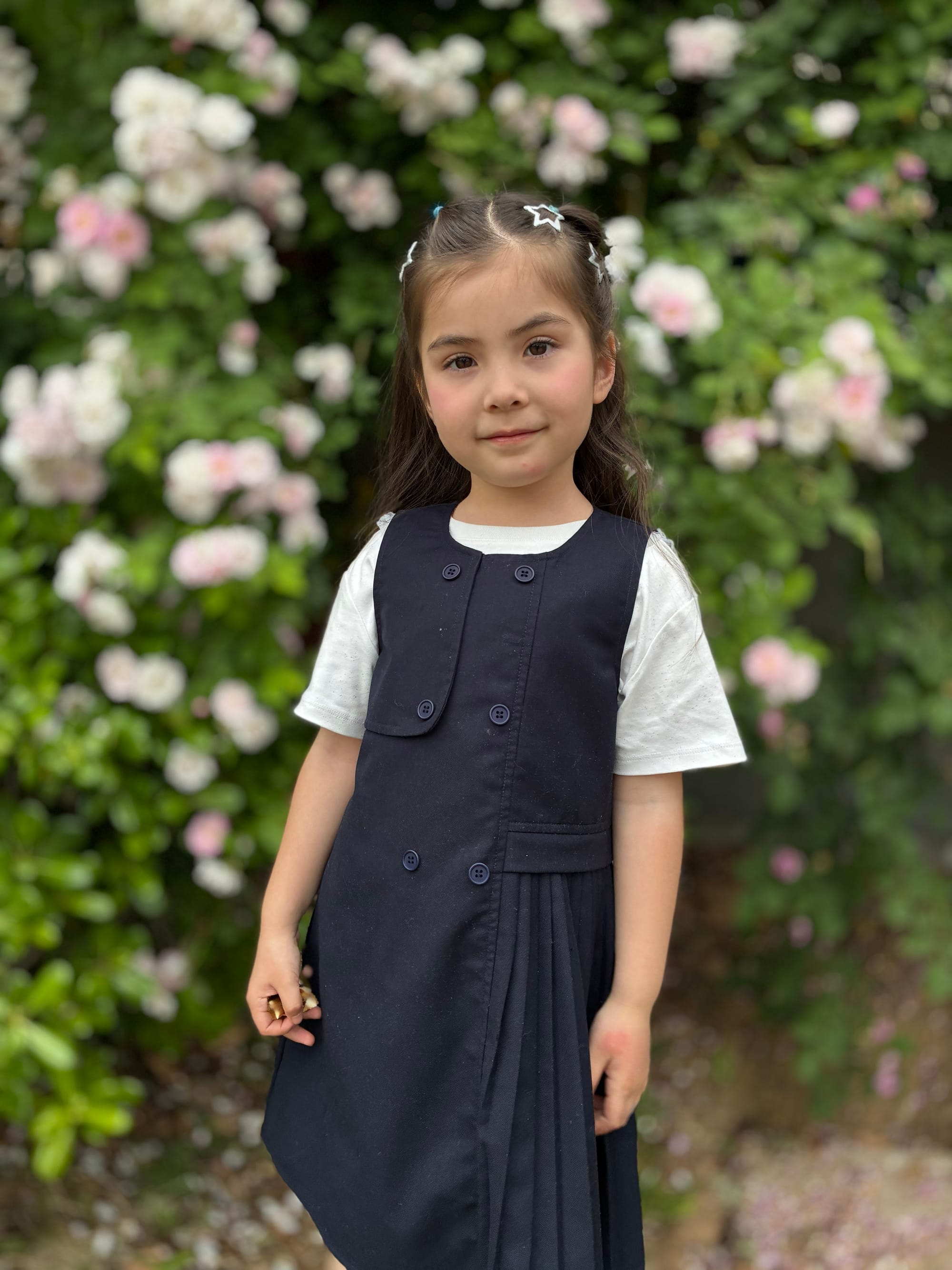
© Nicklaus Walter | Testing the different depth of field modes. F2.8 at left and F1.4 at right.
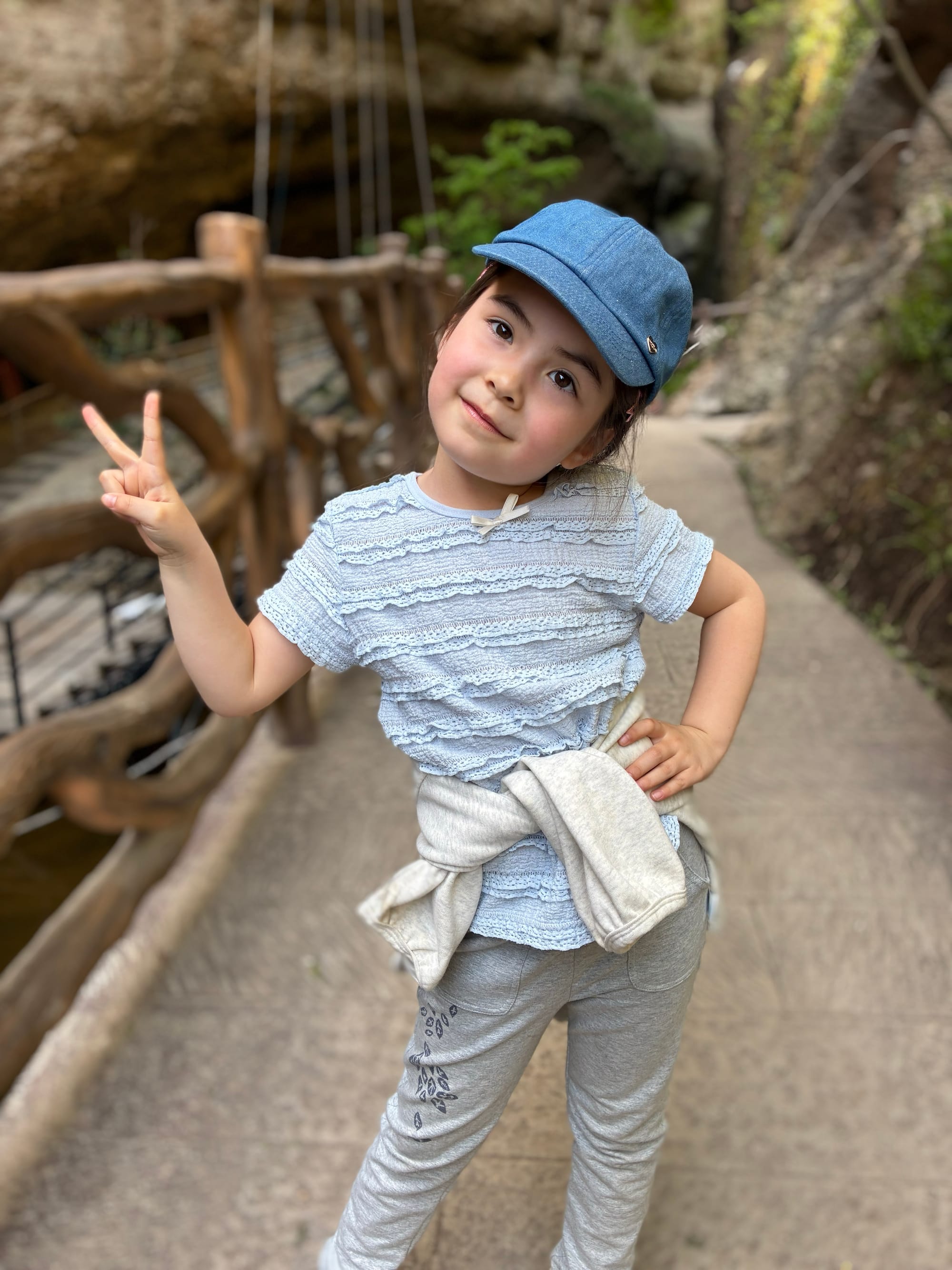

© Nicklaus Walter | Portrait mode has trouble with body parts, note the messy blurred edges on the fingertips.
Night Mode
Where the Apple iPhone 16e truly excels however, is with Night Mode. This is easily one of the phone's best features, in that it's now trivial to obtain a perfectly sharp, well exposed image at night without the use of any tripod or external support system. The phone's optical image stabilization does an incredible job of preventing camera shake, and it only asks that you try to keep your hand as steady as possible during the exposure.
It's clear that Apple has nailed Night Mode's color science as I keep finding that I much prefer the color output of the phone's images in low light versus during the day. The colors and contrast perfectly balance the amount of saturation that you'd want for an impactful long exposure without going overboard. This phone truly is a low light beast that comes alive at night.
There is only one downside I've found when it comes to the Night Mode, but it is worth mentioning. You do have to watch out for the occasional odd looking (bizarre) lens flare when certain light sources such as lamp posts are directly in the frame. The best way to mitigate this issue is to ensure the lens is as clean as possible, and this will help reduce unwanted streaky flares from light sources.
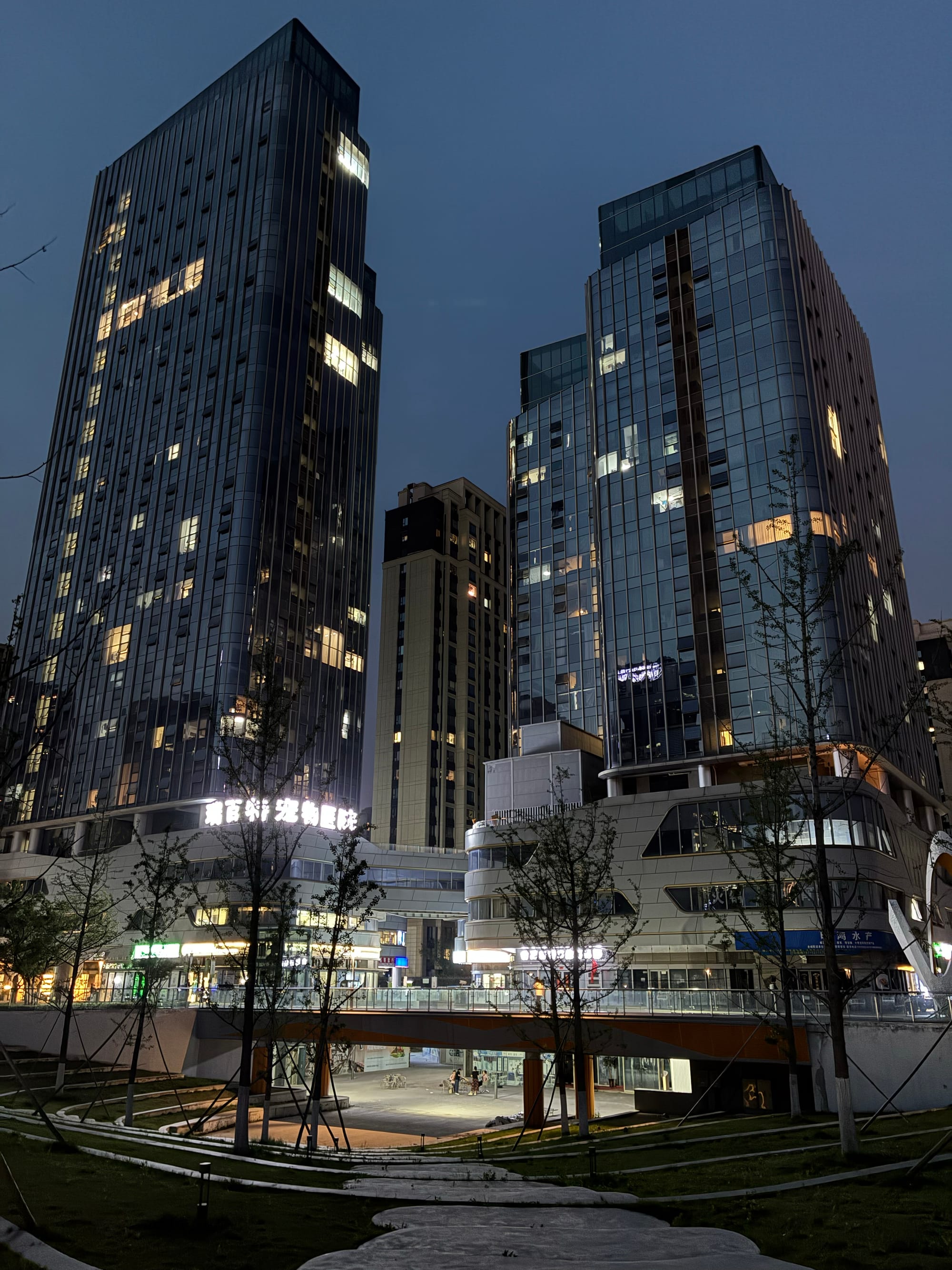
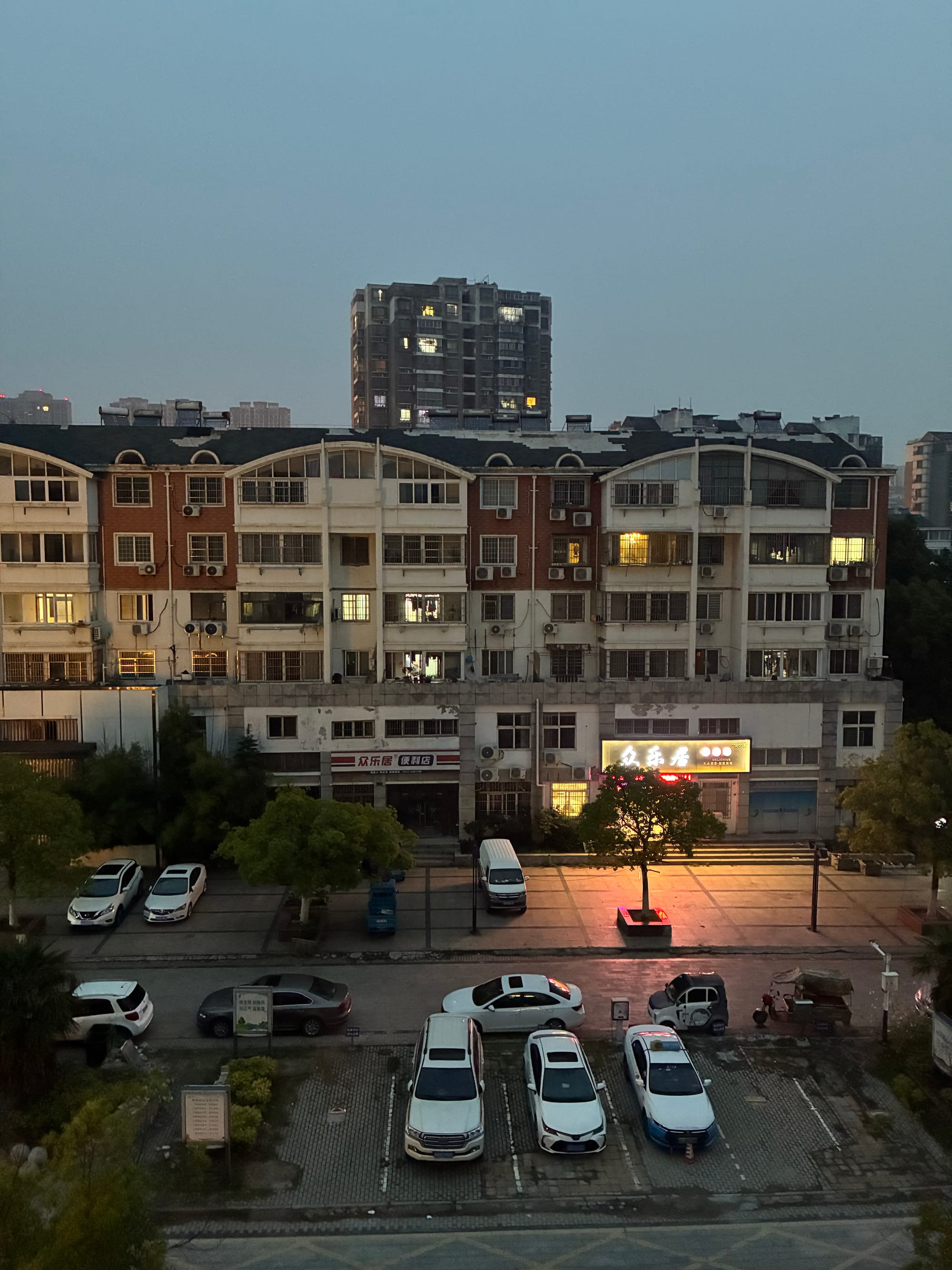

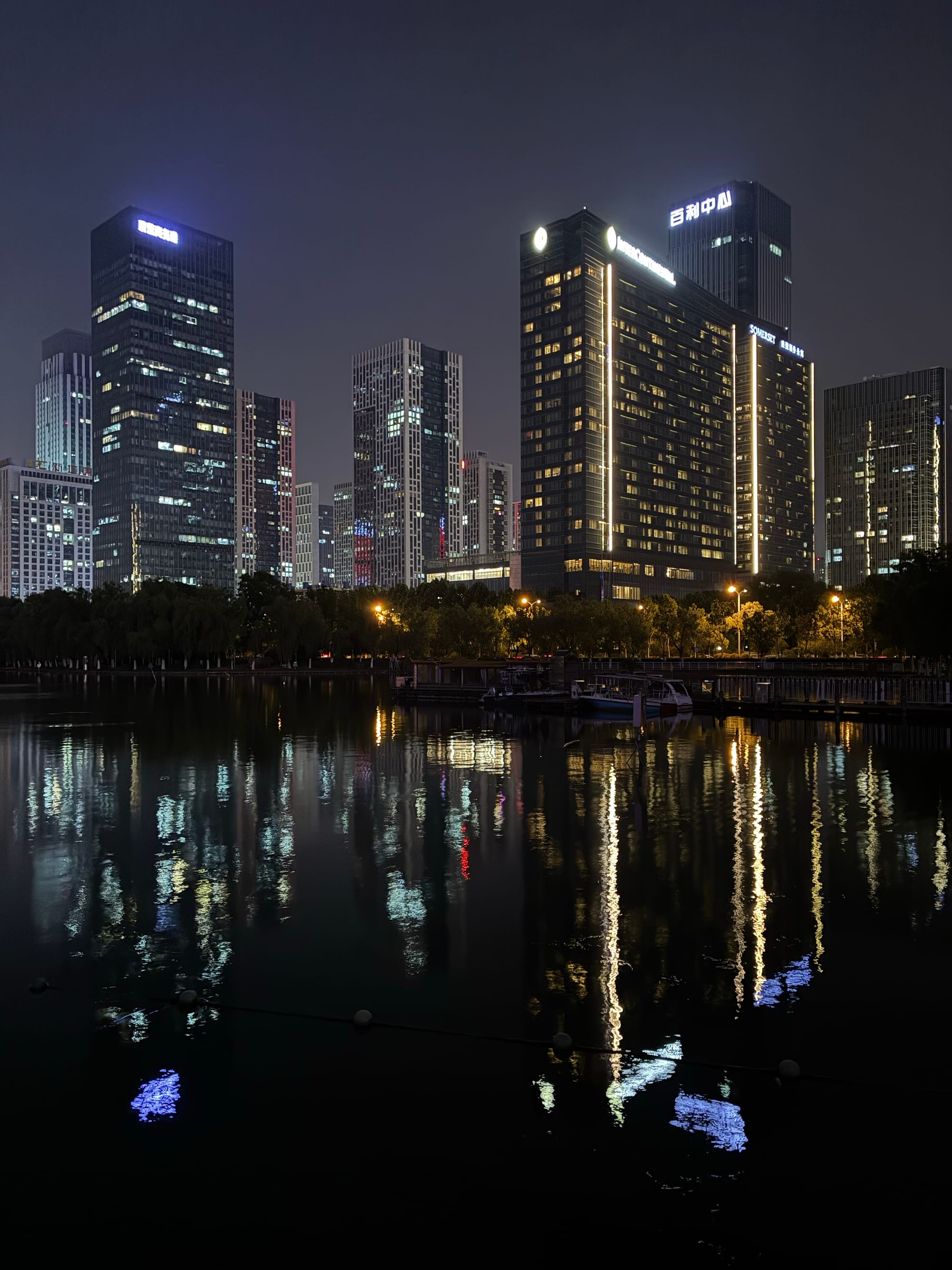
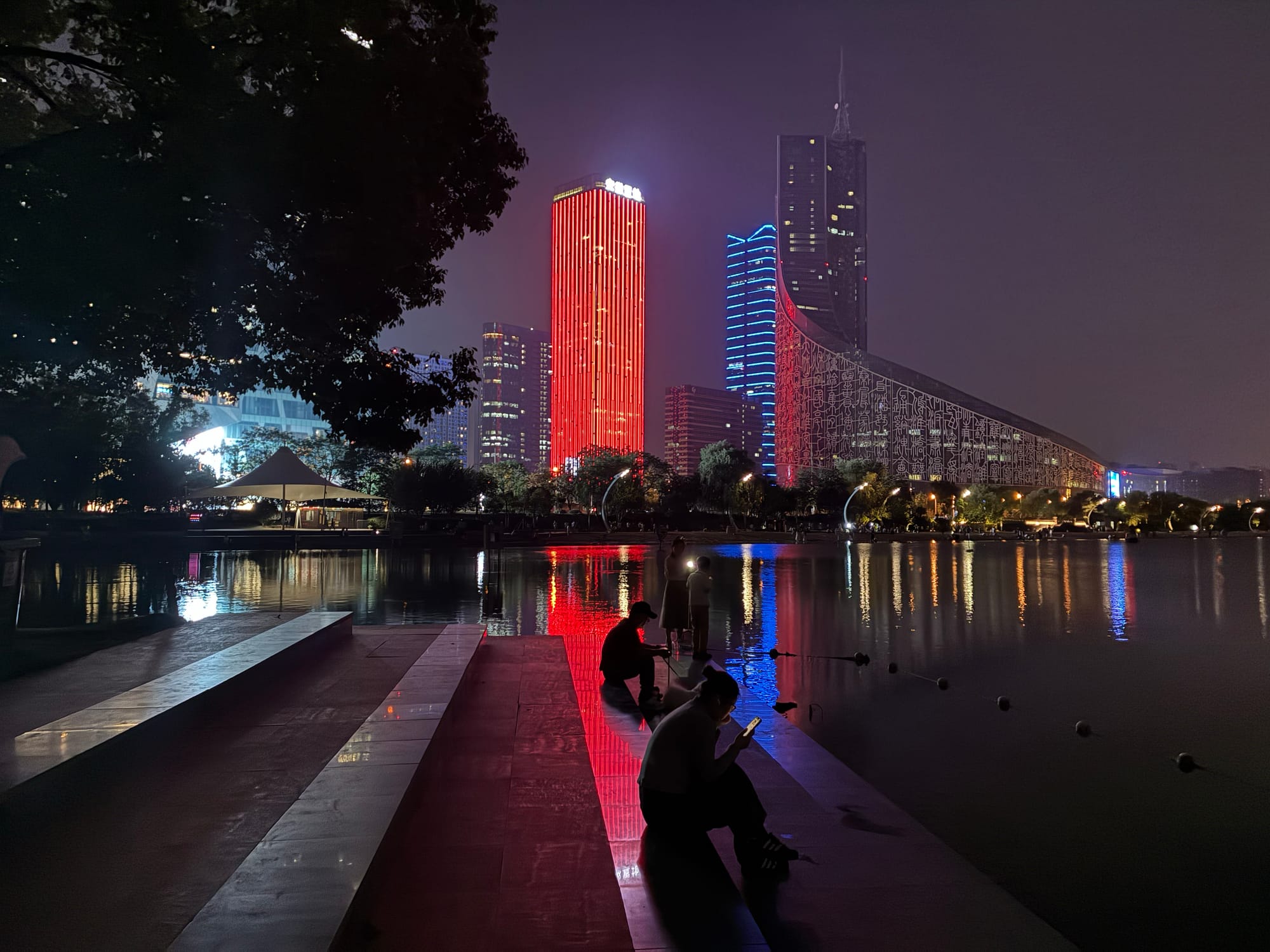
What's Missing / Needs Improvement
At this point you might be asking what the Apple iPhone 16e lacks in comparison to the iPhone 16 Pro, and while it isn't missing a ton of features, the ones that have been omitted may very well be deal breakers for serious photographers.
For starters, the iPhone 16 Pro has three true physical lenses which consist of the ultra-wide, wide, and telephoto optics whereas the iPhone 16e only has the single wide 26mm equivalent lens. A 26mm lens is indeed a very useful focal length, but some users simply won't be able to accept a digital crop in order to achieve a telephoto perspective, and others will demand the creative possibilities that an ultra-wide lens offers.
Additionally (and this is a big letdown for me), the iPhone 16e unfortunately lacks ProRaw image capture and Apple Log for video. These are two features that essentially transform the iPhone into a professional imaging device in that they provide a similar level of flexibility in image file editing using post production software (such as Adobe Lightroom or Davinci Resolve) that a professional DSLR or mirrorless camera does. The Apple iPhone 16e's HEIC / Jpeg files are great, but they just don't offer anywhere near the same amount of non-destructive creative control when editing the images.
I won't touch too much on the front facing selfie camera, but it is pretty harsh for self portraits. I'll just say that the internet's collective complaints about how unflattering it is are real and valid.
And lastly, while I do appreciate how efficient the optional HEIC file format is in terms of image quality and file sizes, it just isn't convenient at this point in time. There are still far too few apps, browsers, and devices that support the HEIC file format, as I constantly find myself having to convert the files to JPEG after the fact in order to upload them. If you want to avoid this hassle you can always change the phone's default setting to output Jpeg files instead.
Pros
- Excellent image quality even in low light and upon close inspection
- Class leading battery life
- Dynamic range is among the best I've seen in a smartphone
- Native camera app is free from clutter and intuitive to use
- Action button makes using the phone as a camera finally enjoyable
- Perfect form factor and weight
- The convenience of using AirDrop for transferring files to an Apple computer cannot be overstated
- 26mm equivalent focal length is extremely useful
Cons
- No Pro RAW
- No Apple Log
- HEIC / Jpegs have limited editing flexibility
- Single lens means that the telephoto mode is simply a digital crop
- Portrait Mode is still a gimmick and has limited use cases
- Front facing selfie camera is way too harsh to be flattering
Verdict
So where does that leave us? Well, the Apple iPhone 16e is great in the way that all of the current lineup of iPhones are. It has fantastic battery life that lasts throughout the day, AirDrop makes quickly transferring images to a Macbook a breeze, and the camera's image quality is legitimately impressive.
Yet on the other hand, the images it outputs do have a baked in "iPhone look" to them for better or worse. The image output is certainly nice and there's very little to nitpick, but the Jpeg's colors and contrast are set in stone which sadly does limit its usefulness in professional real world scenarios.
In the end, I find the iPhone 16e to be most suitable as a pocketable wide angle supplement to my existing full frame DSLR camera kit rather than a full on replacement. So if you're looking to expand on your portable camera options then this model can be very rewarding in what it offers. However, if you're looking to make the iPhone your only camera, then you'd be better served by the tried and true Pro series which is undoubtedly a better investment that won't leave you disappointed.
Update: August 6, 2025
The Apple iPhone 16e can now capture genuine DNG RAW files when paired with Adobe's groundbreaking Project Indigo app. Not only that, but the default Jpeg file output from Project Indigo addresses all of the image quality shortcomings that I dislike about Apple's native camera app. Check out my full review of the Project Indigo app for an in-depth breakdown, and why I've since changed my mind about the iPhone 16e for professional use.



